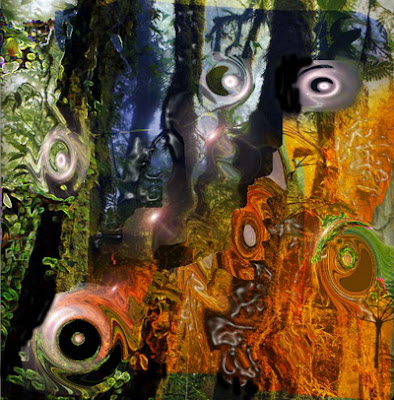
Psychoactive substances are used by humans for a number of different purposes, both legal and illicit.
Anesthesia
General anesthetics are a class of psychoactive drug used on patients to block pain and other sensations. Most anesthetics induce unconsciousness, which allows patients to undergo medical procedures like surgery without physical pain or emotional trauma. To induce unconsciousness, anesthetics affect the GABA and NMDA systems. For example, halothane is a GABA agonist, and ketamine is an NMDA receptor antagonist.
Painkillers
Psychoactive drugs are often prescribed to manage pain. As the subjective experience of pain is regulated by endorphins, neurochemicals that are endogenous opioids, pain can be managed using psychoactives that operate on this neurotransmitter system. This class of drugs includes narcotics, like morphine and codeine, and also NSAIDs such as aspirin and ibuprofen.
Psychiatric medications
Psychiatric medications are prescribed for the management of mental and emotional disorders. There are 6 major classes of psychiatric medications:
* Antidepressants, which are used to treat disparate disorders such as clinical depression, dysthymia, anxiety, eating disorders and borderline personality disorder.
* Stimulants, which are used to treat disorders such as attention deficit disorder and narcolepsy and to suppress the appetite.
* Antipsychotics, which are used to treat psychoses such as schizophrenia and mania.
* Mood stabilizers, which are used to treat bipolar disorder and schizoaffective disorder.
* Anxiolytics, which are used to treat anxiety disorders.
* Depressants, which are used as hypnotics, sedatives, and anesthetics.
Recreational drugs
Many psychoactive substances are used for their mood and perception altering effects, including those with accepted uses in medicine and psychiatry. Classes of drugs frequently used recreationally include:
* Stimulants, which elevate the central nervous system. These are used recreationally for their euphoric and performance-enhancing effects.
* Hallucinogens, which induce perceptual and cognitive distortions.
* Hypnotics, which are used recreationally to because they induce inebriation.
* Analgesics, which are used recreationally because of their euphoric effects.
Examples include caffeine, alcohol, cocaine, LSD, and cannabis.
In many cultures, possessing or having used recreational drugs is seen as a status symbol. Recreational drugs, especially those known as club drugs, are seen as status symbols at social events such as at nightclubs and parties. This is true of many cultures throughout history; drugs have been viewed as status symbols since ancient times. For example, in ancient Egypt, gods were commonly pictured holding hallucinogenic plants.